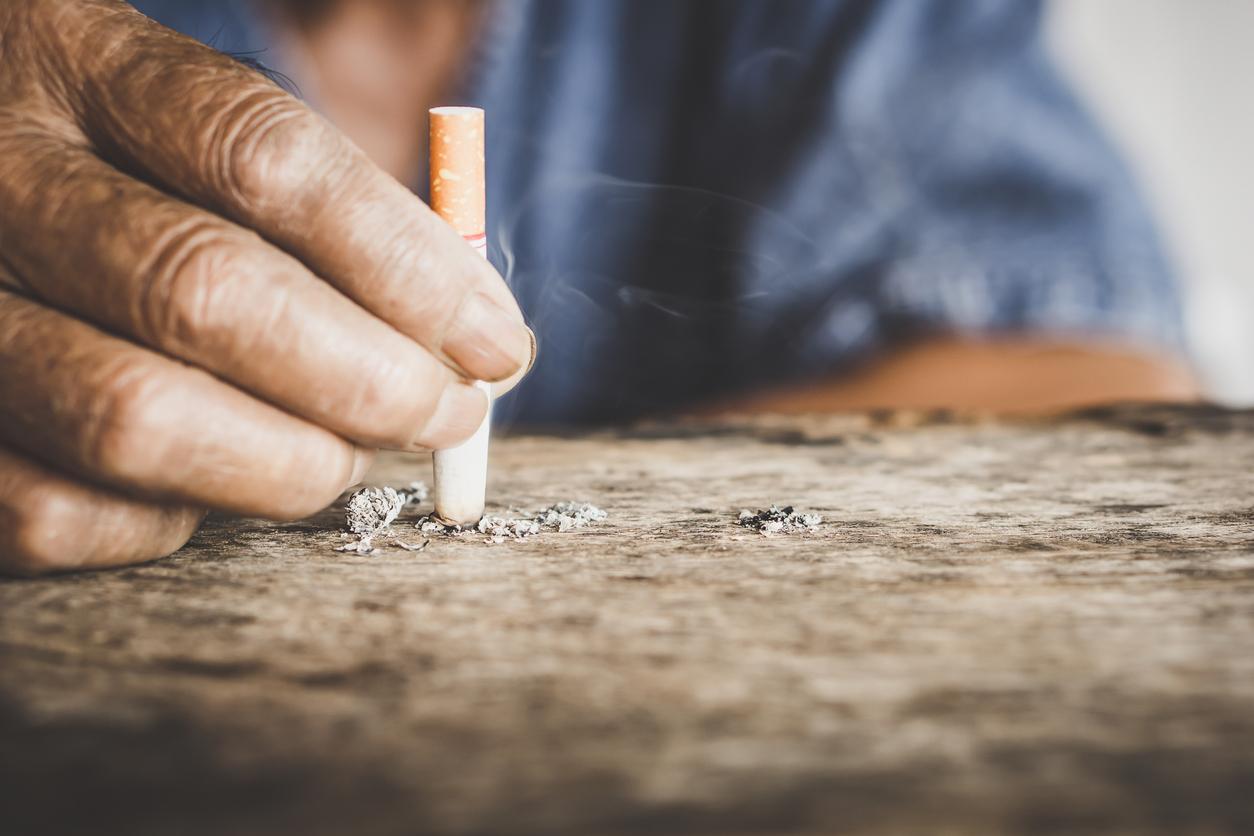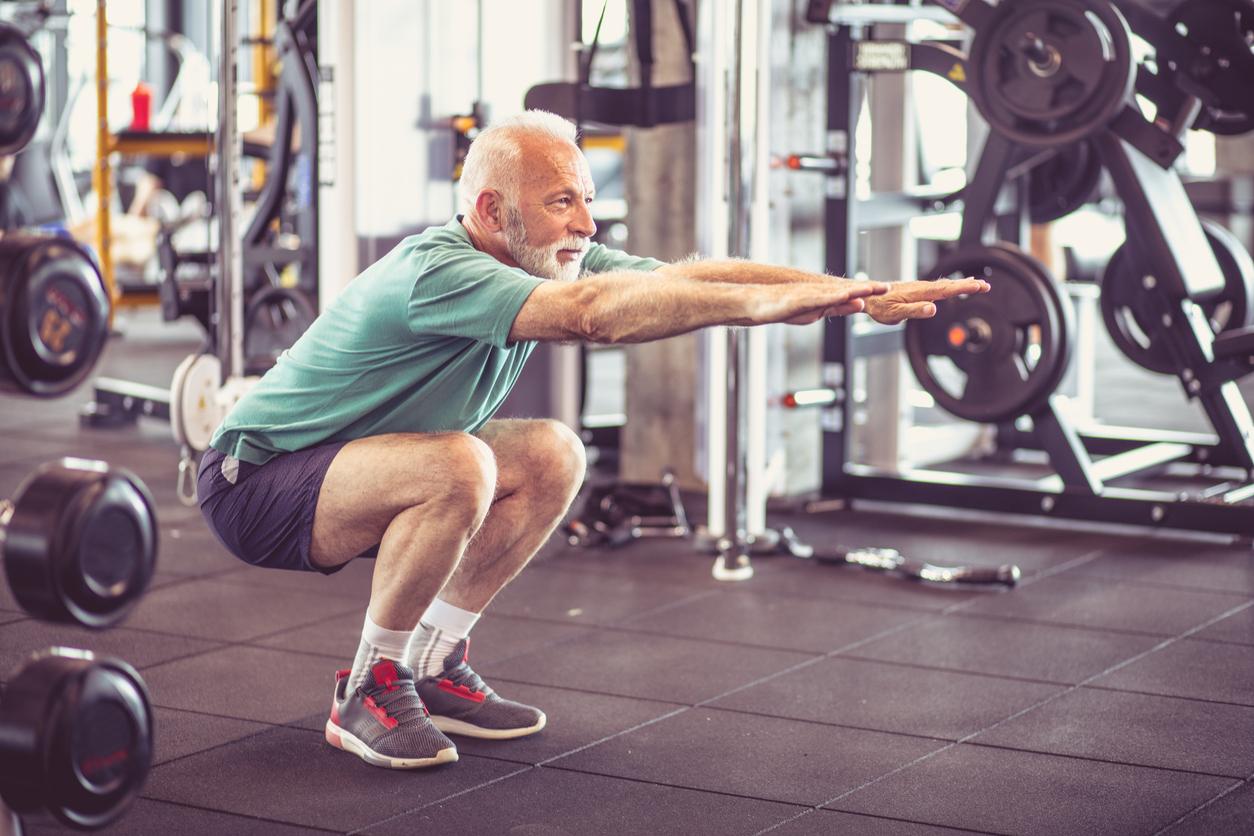British scientists have developed a connected sock to warn patients of the increased risk of falling, which increases with age.

- Each year, falls cause more than 100,000 hospitalizations and more than 10,000 deaths in France.
- Researchers have developed a pair of oversocks, featuring a tiny motion sensor and using an algorithm, to monitor falls.
- This device made it possible to differentiate falls with an accuracy of 99.4% and near-falls with an accuracy of 94.2%.
Among those over 65, one in three adults falls at least once a year, says health insurance. Falls in the elderly occur because of physical problems (balance disorders, reduced joint mobility, muscle weakness, etc.), particular attitudes or habits (insufficient food after exercise, taking risk…) or an unsuitable indoor environment.
According to the Regional Health Agency (ARS), the latter have physical, psychological and social consequences and mark a rupture in the lives of patients and a loss of autonomy. In France, they “result in more than 100,000 hospitalizations and more than 10,000 deaths each year”.
The connected sock alerts the elderly and caregivers
According to MSD Manual, falls can be avoided by fitting out and adapting your home. But researchers at the University of Nottingham Trent (England) seem to have found another solution to prevent them. They created a pair of oversocks to monitor falls and near-falls.
This textile device has a tiny motion sensor built into the ankle. It can be connected to a telephone, through a microcontroller using Bluetooth technology. “The electronic wire is so small it cannot be felt by the wearer and the motion sensor is encapsulated in resin so it is fully washable,” specified the team in a statement.
She used an algorithm that processed the data, spotting any unusual movement and differentiating between a fall and a near-fall (slipping or tripping). If a fall is detected, the device notifies caregivers and professionals so action can be taken to prevent a fall from occurring.
Falls: more than 94% accuracy
To test the effectiveness of oversocks, scientists conducted a study published in the journal Materials. They recruited 13 adults. Participants had to perform three types of activities of daily living, three types of falls on a mat and one type of near-fall. The device has been shown to be able to differentiate between falls with 99.4% accuracy and near falls with 94.2% accuracy.
“Furthermore, the results showed that it was enough for the electronic motion thread to be present in a single oversock to ring the alarm bells. (…) When an elderly person falls, they may remain unconscious or immobile on the ground for a long time and be unable to call for help. By alerting caregivers in real time if a fall occurs, patients will be able to receive the treatment they need, which could help save lives.” , concluded the authors.


















